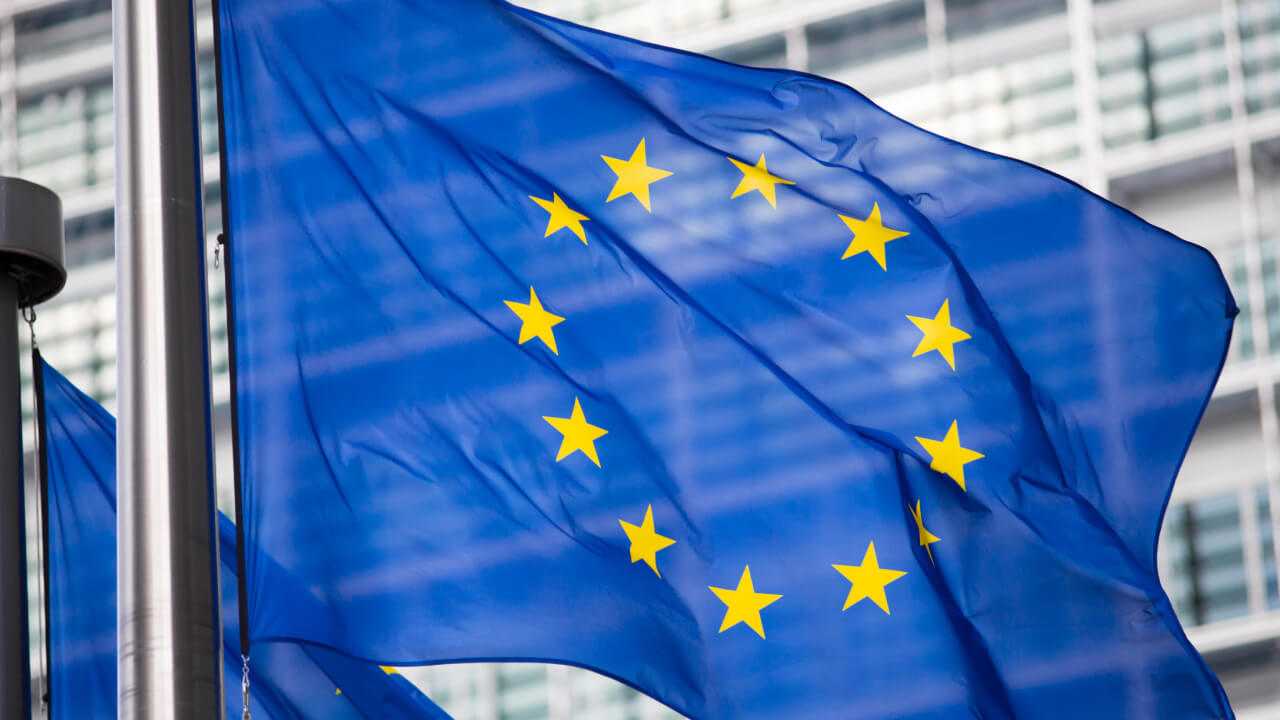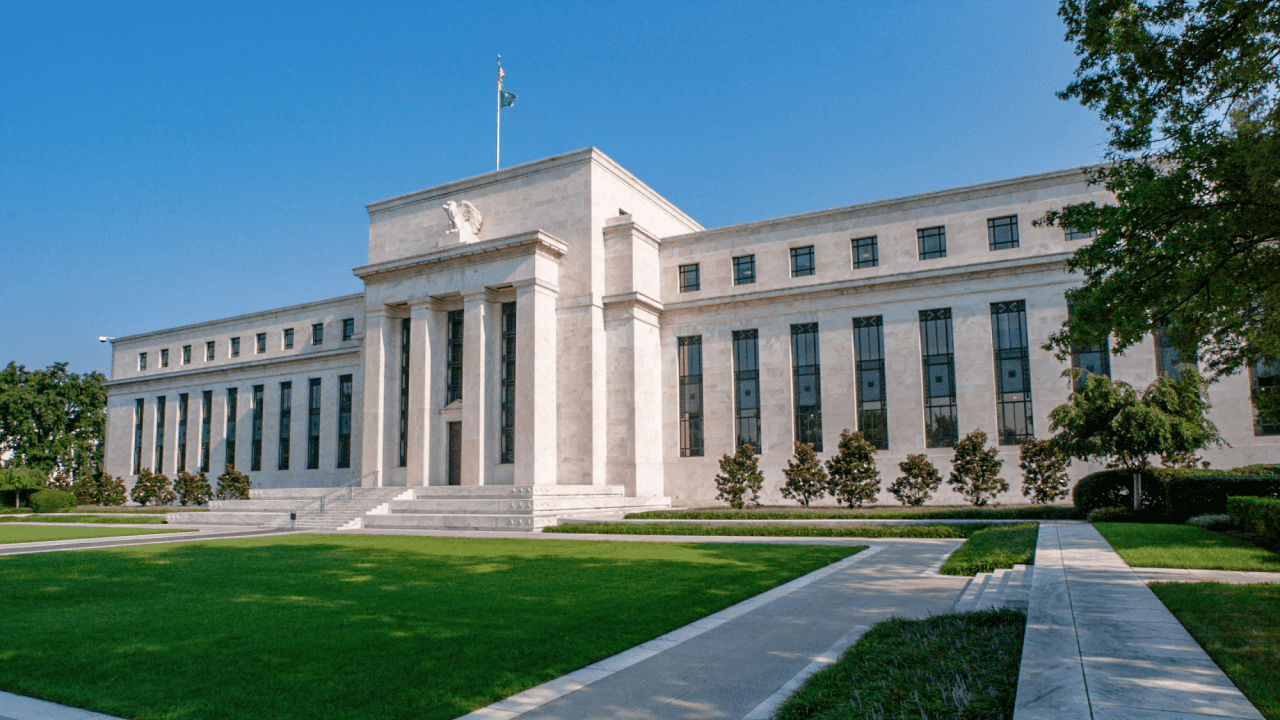News
How do interest rates work? Why does the ECB raise them, and what are the implications?
Jacqueline Nieder
4 min

What are the consequences of the European Central Bank (ECB) raising interest rates? It might seem like a technical adjustment, but the impact of this policy is significant, affecting everyone—from businesses to individual savers. So, what actually happens when the ECB makes this decision during its monetary policy meetings?
Here is the full calendar of the European Central Bank’s meetings for 2025.
What Are Interest Rates?
Before exploring the consequences of an ECB interest rate hike, it’s essential to clarify a few basic concepts. Generally speaking, interest rates are percentages that indicate the cost of borrowing money—that is, what you pay the bank when you take out a loan. At the same time, they determine how much your savings earn—essentially, the return on money deposited in a bank.
For example, if you borrow €10,000 at an interest rate of 3%, you’ll need to repay the original amount plus 3%, which comes to €300.
On the other hand, if you deposit €10,000 at a 3% interest rate, you’ll earn €300 per year.
ECB interest rates, however, are more like “fees” that the institution charges commercial banks in the Eurozone when it lends them money. These rates act as a benchmark for the rates that banks then offer to their customers.
ECB Interest Rates: The Different Types
The ECB sets three main types of interest rates:
- Main refinancing operations rate: This is the rate applied to banks borrowing money from Frankfurt for a period of one week.
- Marginal lending facility rate: This applies to overnight loans—those that must be repaid by the next working day.
- Deposit facility rate: This is the rate paid on money that banks deposit overnight with the central bank.
These are three distinct but interrelated rates, and the European Central Bank usually adjusts them simultaneously, either raising or lowering them together. You can follow this section each month to stay updated on forecasts and outcomes from the ECB’s monetary policy meetings.
Why Does the ECB Raise Interest Rates?
For the European Central Bank, interest rates are a key tool of monetary policy used to fulfil its main objective: maintaining price stability.
This stability is most commonly threatened by inflation, which drives prices up significantly. When inflation is high, the purchasing power of individuals falls—in other words, people can buy less with the same amount of money compared to periods of lower inflation.
To help restore purchasing power, the ECB resorts to raising interest rates. But how exactly are these two elements connected, and what are the consequences of such a monetary policy decision?
ECB Interest Rate Hikes: What Are the Consequences?
More Expensive Loans and Reduced Spending
One of the first consequences of a rise in interest rates is that borrowing becomes more expensive. As a result, people are encouraged to save rather than spend, and the amount of money in circulation decreases—since borrowing and investing money becomes less attractive.
Higher Returns for Savers
When the ECB raises interest rates, it becomes more expensive for banks to access funding. Consequently, it’s less favourable for customers to take out loans. Mortgages become less affordable, and it becomes harder for businesses to secure financing. However, savers benefit from higher returns on their deposits.
Currency Appreciation
Higher interest rates can attract foreign investment, strengthening the euro. This can make imports cheaper and contribute further to reducing inflation.
These are the most immediate effects of an ECB interest rate hike. However, the decision is part of a broader monetary strategy. Raising rates also helps to lower inflation expectations, which can ease pressure on wage demands—as workers are less likely to push for higher salaries. The European Central Bank also aims to avoid a wage-price spiral and protect the labour market.
Current Situation: 2025
Following a period of interest rate hikes aimed at curbing inflation, the ECB began cutting rates in 2025. On 17 April 2025, the Bank reduced interest rates by 25 basis points, bringing the deposit rate down to 2.25%, the main refinancing rate to 2.40%, and the marginal lending rate to 2.65%.
This decision was made against a backdrop of falling inflation and sluggish economic growth, with the goal of stimulating the Eurozone economy.
Impact on Mortgages
The rate cuts have had a positive effect on mortgages:
- Variable-rate mortgages: Monthly payments have decreased; for instance, a typical 25-year mortgage of €126,000 has seen repayments fall by around €17.
- Fixed-rate mortgages: These have become more attractive, with rates currently ranging between 2.19% and 3.85%.
Banks are adjusting their offers in line with the ECB’s policy shift, making this a favourable time for anyone looking to take out a mortgage.
The ECB’s next monetary policy meeting is scheduled for 5 June 2025, during which further rate cuts may be considered, depending on inflation trends and economic performance.


